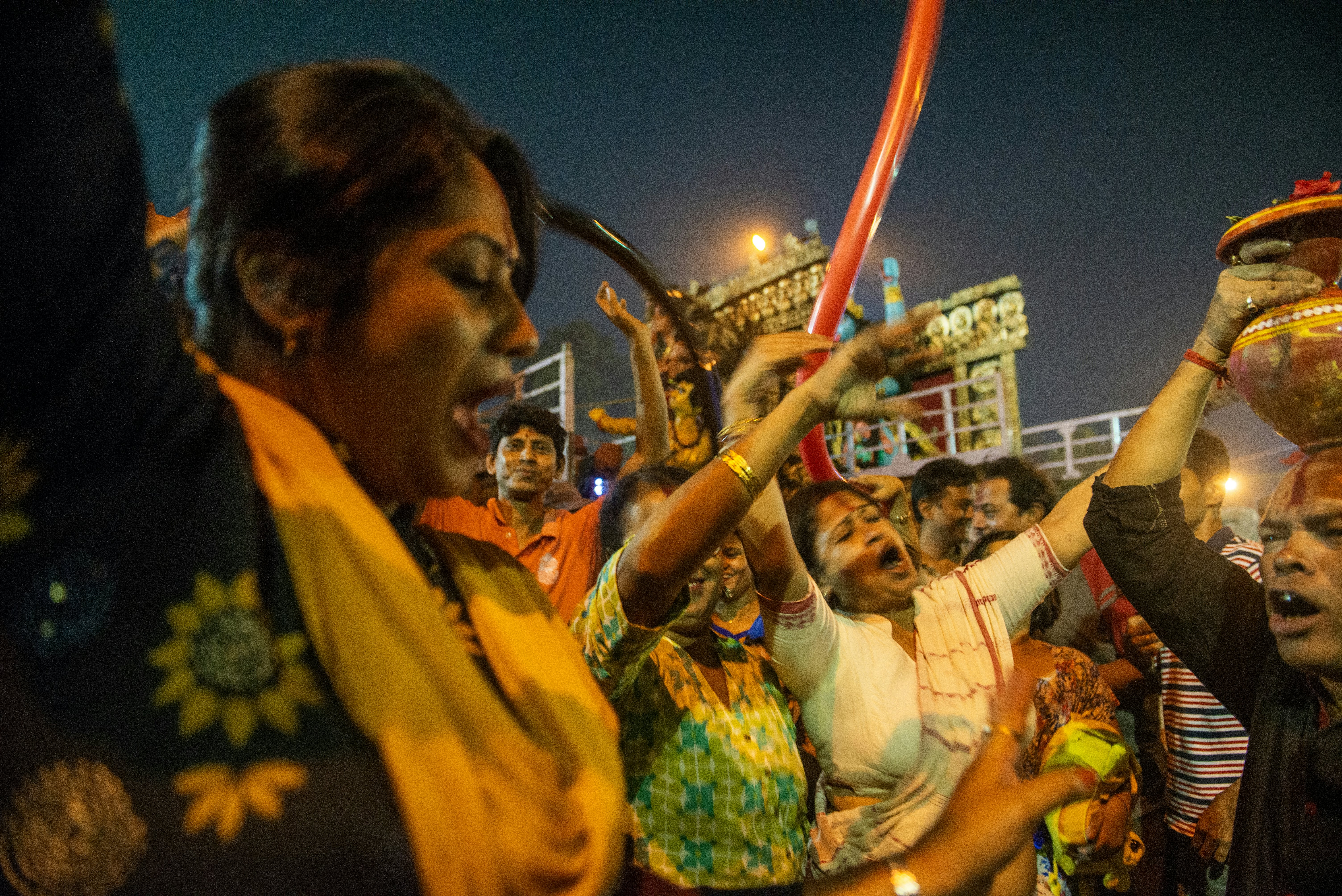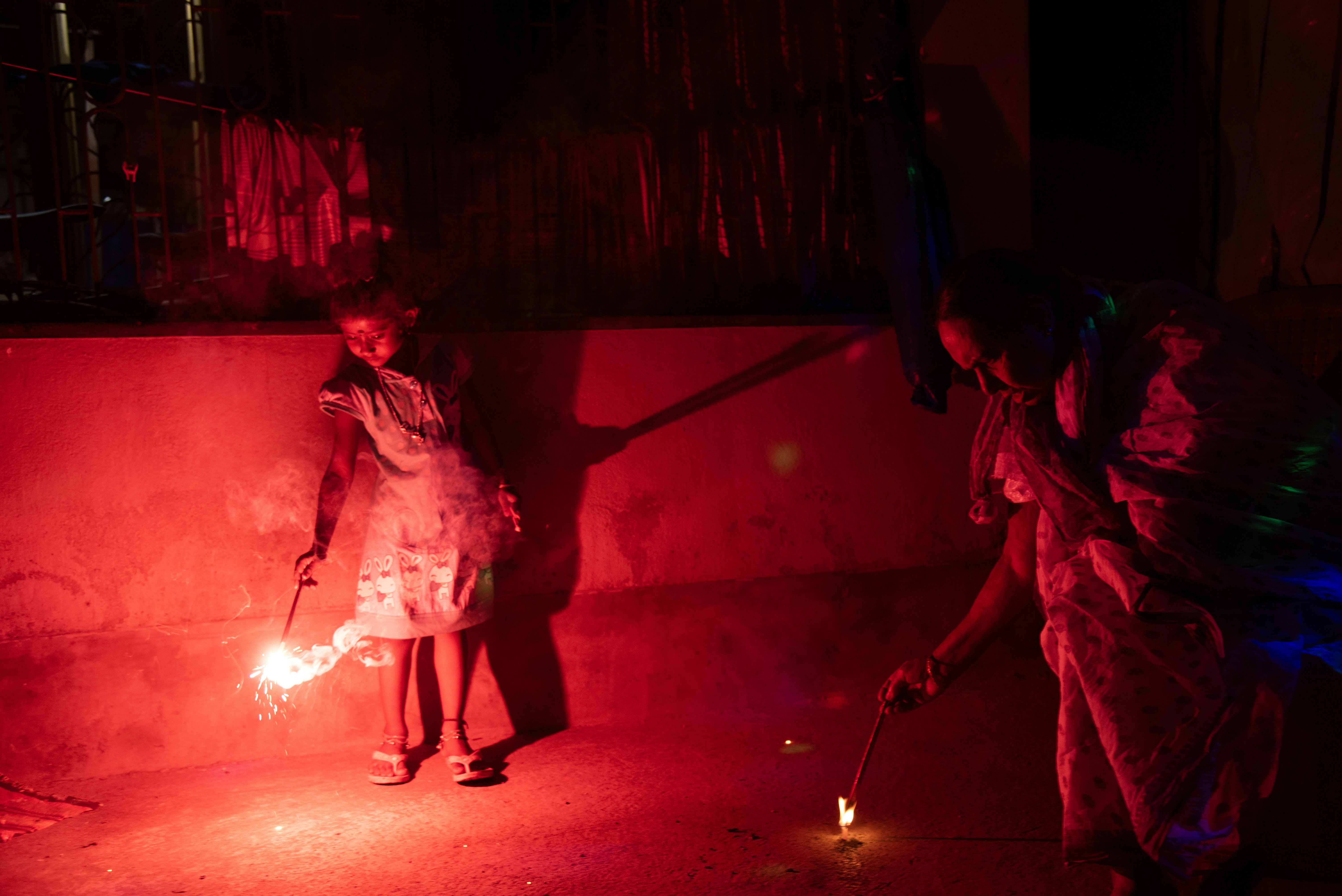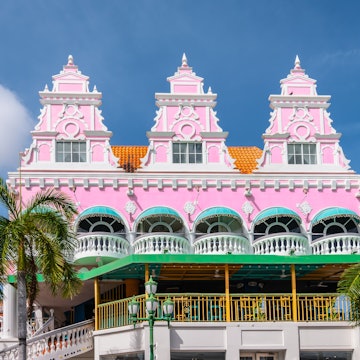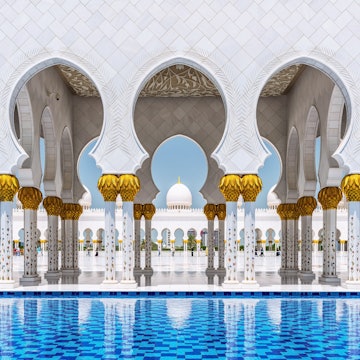

To photographer Ranita Roy, Diwali and Kali Puja go hand in hand.
Ranita Roy, a Uttarakhand-based photographer, has been documenting Diwali celebrations for 6 years in Howrah and Kolkata, India. It is a time she spends with family, friends and the larger communities surrounding her. Diwali, also known as the Festival of Lights, is one of the most prominent festivals in India. The celebrations, which present differently around the world, begin on October 20, 2025.
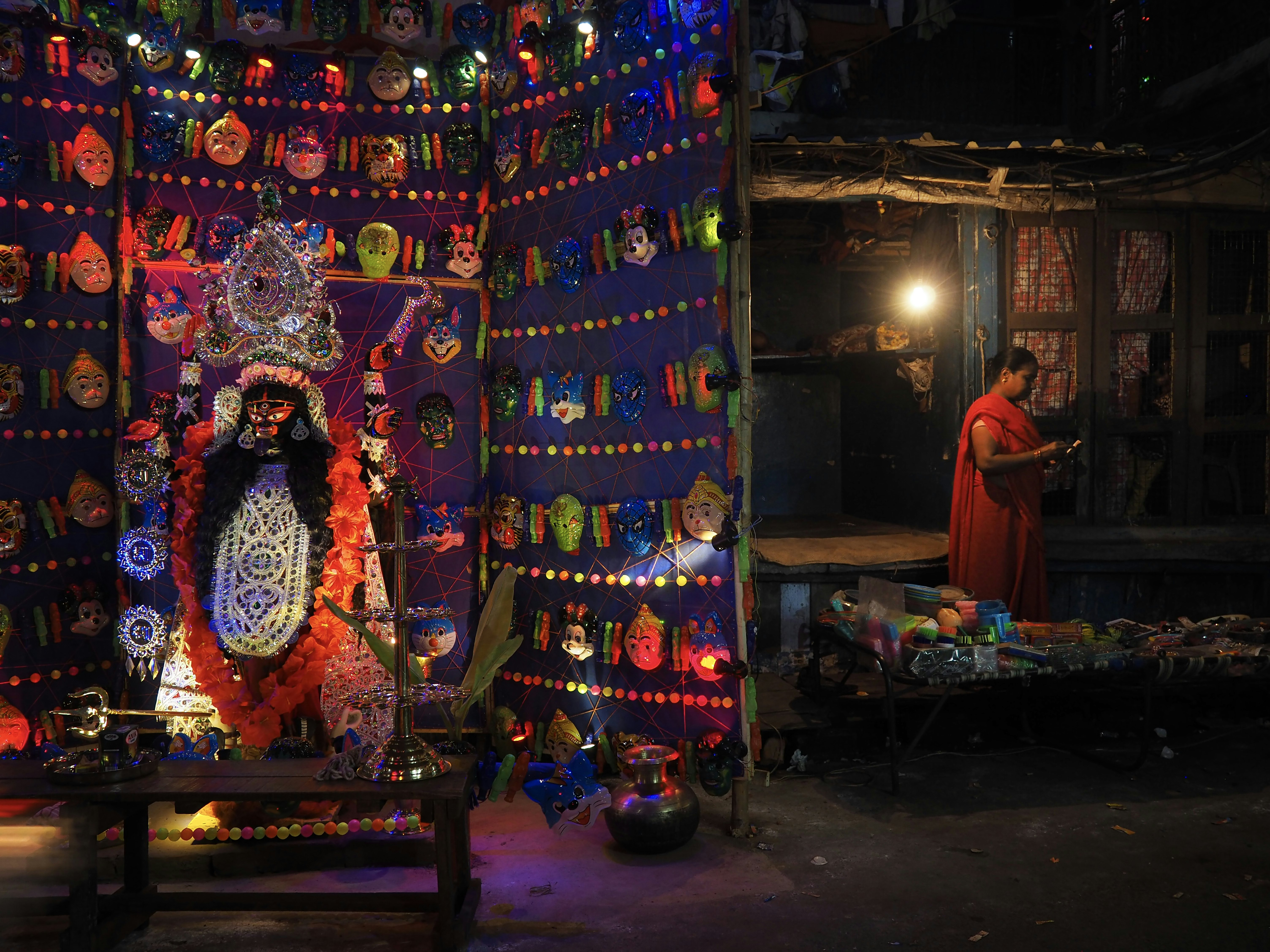
We chatted with Roy about what the festivities look like to her.
What is special about photographing Diwali?
Photographing Diwali feels special because it is never just one thing – it’s joy, devotion, contradiction and memory all happening together. I began this series during the National Geographic Photo Camp in Kolkata, and I’ve continued every year since. For me, Diwali has always been inseparable from Kali Puja. I grew up in a family where bringing the idol, decorating the space and gathering with neighbors were not just rituals but emotions that bound us together. Photographing it now, I move between being a participant and an observer, sometimes joining the celebration with family or strangers, other times stepping back to notice the smoke, noise and pollution that shadow the beauty of the lights.
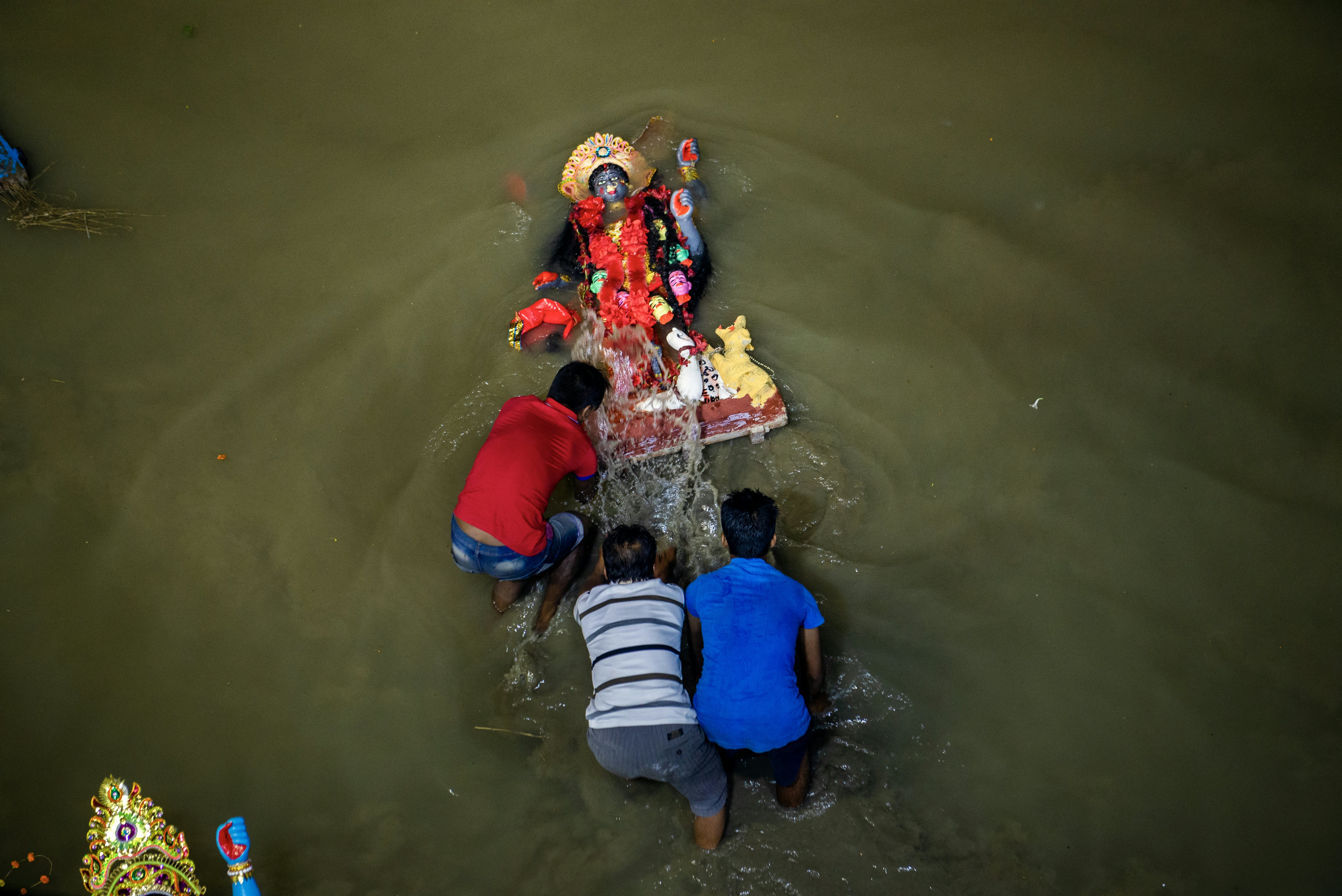
What does Kali Puja involve?
Kali Puja has always been a very personal tradition for me. My late grandfather was a priest at a nearby Kali temple, and I grew up hearing stories from my father about how he would worship a stone-carved Kali idol at home. That devotion has continued: my father and uncle still perform daily worship of Kali, and I also keep a small idol with me that I worship every day. In 2023, I brought a Kali idol to worship in my neighborhood in Hatgacha, though I faced criticism because I brought a black idol instead of a blue one, which made me realize how deeply even gods are subjected to the same biases as humans. Kali empowered me to accept my dark skin color and love it as it is.
For me, however, Kali transcends appearances. She represents ultimate knowledge, liberation and the divine feminine energy that embodies protection, power and compassion. I see Kali Puja not just as a ritual but as a celebration of womanhood and a way to spread joy through offerings and prayer. Living in Uttarakhand now, where Diwali is more widely celebrated than Kali Puja, I continue the tradition quietly with my own idol, keeping that connection alive within me.


What moments during Diwali pull you in?
The moments that pull me in are both intimate and expansive: my own family offering prayers, neighbors lighting diyas [small oil lamps, usually made from clay] for Lakshmi, a stranger’s face glowing in the flicker of firecrackers or the quiet preparation of a woman decorating her home. Each frame feels like a threshold between stillness and radiance, belonging and encounter. Diwali is full of fleeting bursts – like firecrackers, they flare up with laughter and color, then dissolve into silence. With my camera, I try to hold onto that delicate in-between space, where joy, contradiction and memory live together.
People celebrating Ma Kali's farewell with drums, dancing, and devotion at the Hooghly River.
How do these more intimate, family moments differ from those experienced in a larger community?
When I photograph my family, I become both a participant and a close observer. I’m not just watching; I’m immersed in the rituals, emotions and small details that might otherwise pass unnoticed. For example, I once photographed my grandmother and niece lighting a firecracker together – two generations apart yet united by a simple act of joy. That moment became even more precious after my grandmother passed away. Similarly, I’ve been photographing my younger brother every year during Kali Puja and Diwali, and through him I’ve witnessed how perspectives change with age, from carefree firecrackers with friends to deeper engagement with rituals. These images carry layers of memory and intimacy that only family can hold.
With strangers, the dynamic is different. At first I am seen as an outsider with a camera, but slowly those boundaries dissolve. Sometimes I become almost invisible, letting people enjoy their celebrations without noticing me. Other times the warmth of the moment pulls me in. We share food, laughter and even dance together. Those encounters are less about memory and more about connection: fleeting, spontaneous, yet deeply human.
The difference lies in the depth of attachment. Family rituals hold history, continuity and the weight of memory, while the larger community offers openness, warmth and shared celebration that blurs the line between the known and the unfamiliar. Both experiences are essential – one grounds me, the other expands me.
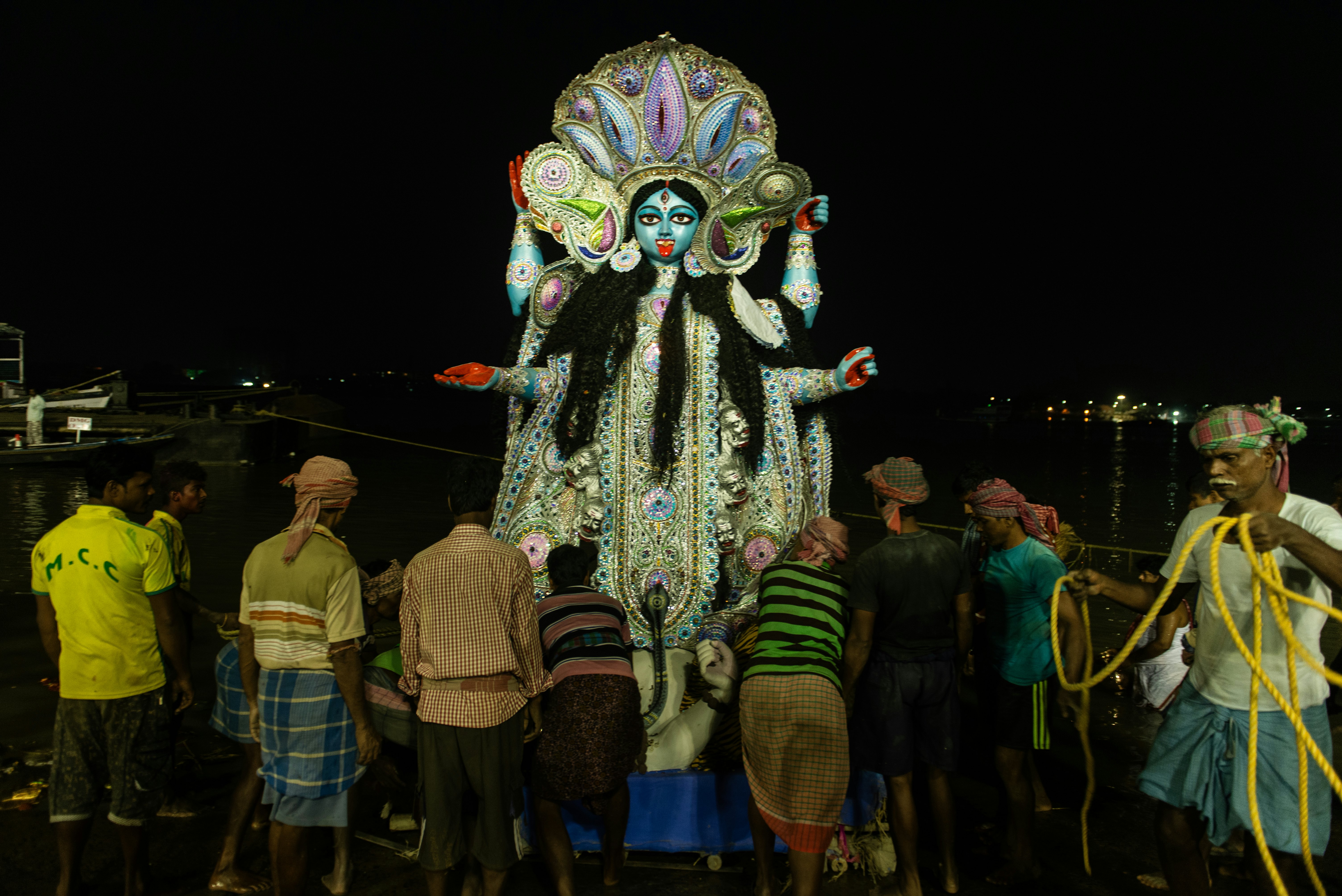

What does Diwali mean to you in the India of 2025?
Diwali in 2025 feels very different from what it meant in my childhood. Back then the festival was all about excitement: firecrackers gifted by my maternal uncle, decorating the house with lamps alongside my father and brother, visiting temples and ending the day with a bhandara [a free community meal] at the nearest mandir [temple]. The sound, light and competition of fireworks defined those nights.
However, as I’ve grown older, my relationship with the festival of Diwali and Kali Puja has evolved. Six years ago, when I began working on my series about Diwali, I realized that the festival could be celebrated without firecrackers. Now I focus on lighting clay diyas that I can reuse, creating rangoli [colored chalk or powder designs] with friends and encouraging my family to celebrate in more mindful ways. The thick smog that lingers in the mountains after Diwali has made me more aware of the environmental costs, and having a dog, Satellite, has also made me sensitive to the harm caused by the noise of fireworks.
All photographs by Ranita Roy.






